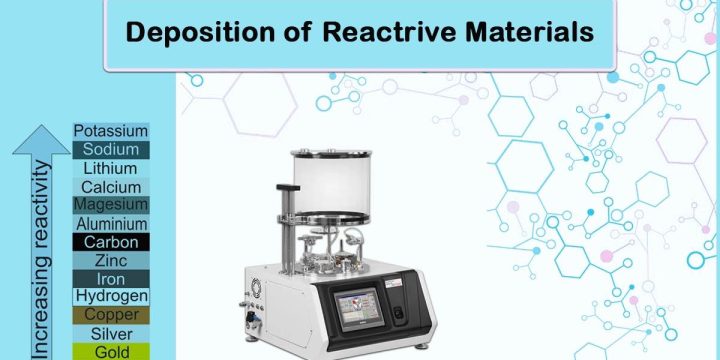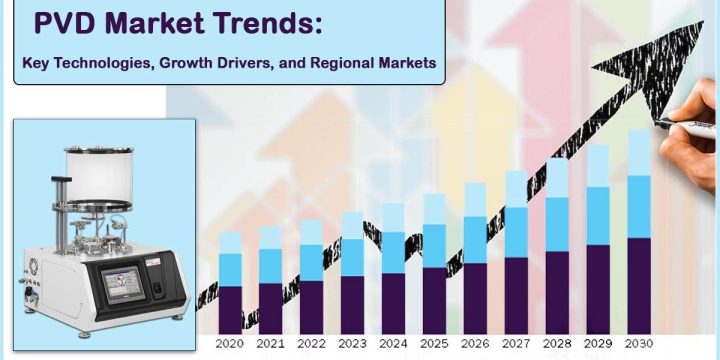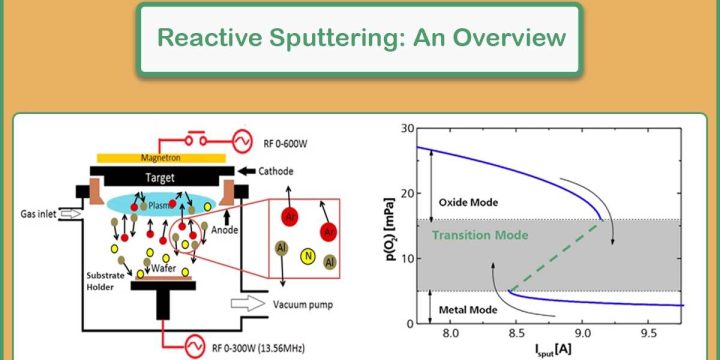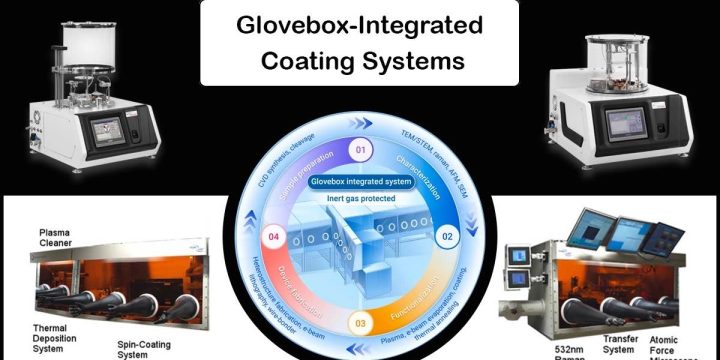The Best Conductive Coating Thickness for EM and Microanalysis
[vc_row][vc_column width="3/4"][vc_row_inner][vc_column_inner][vc_column_text css=""] The Best Conductive Coating Thickness for Electron Microscopy and Microanalysis Coating an insulating specimen with a thin conductive layer is one of the common sample preparation steps prior to the surface analysis techniques engaging electrons. A thin coating of a conductive material with proper grain size enhances charge dissipation on the sample surface that is bombarded by the electrons. Choosing the proper conductive coating thickness for electron microscopy and microanalysis, such as scanning electron microscopy (SEM), transmission electron microscopy (TEM), electron backscatter diffraction (EBSD), energy-dispersive X-ray spectroscopy (EDS/EDX), and wavelength-dispersive spectroscopy (WDS), helps to achieve a high-resolution imaging and precise examination of the sample’s surface. [/vc_column_text][/vc_column_inner][/vc_row_inner][vc_row_inner css=".vc_custom_1762191300845{background-color: #D9D9D9 !important;}"][vc_column_inner width="1/2"][vc_cta h2="" txt_align="center" style="3d" color="mulled-wine" add_button="bottom" btn_title="More About SEM" btn_style="3d" btn_color="juicy-pink" btn_align="center" css="" btn_link="url:https%3A%2F%2Fvaccoat.com%2Fblog%2Fscanning-electron-microscope-sem%2F|title:Scanning%20Electron%20Microscope%20(SEM)"][/vc_cta][/vc_column_inner][vc_column_inner width="1/2"][vc_cta h2="" txt_align="center" style="3d"…




